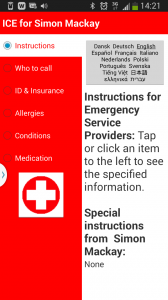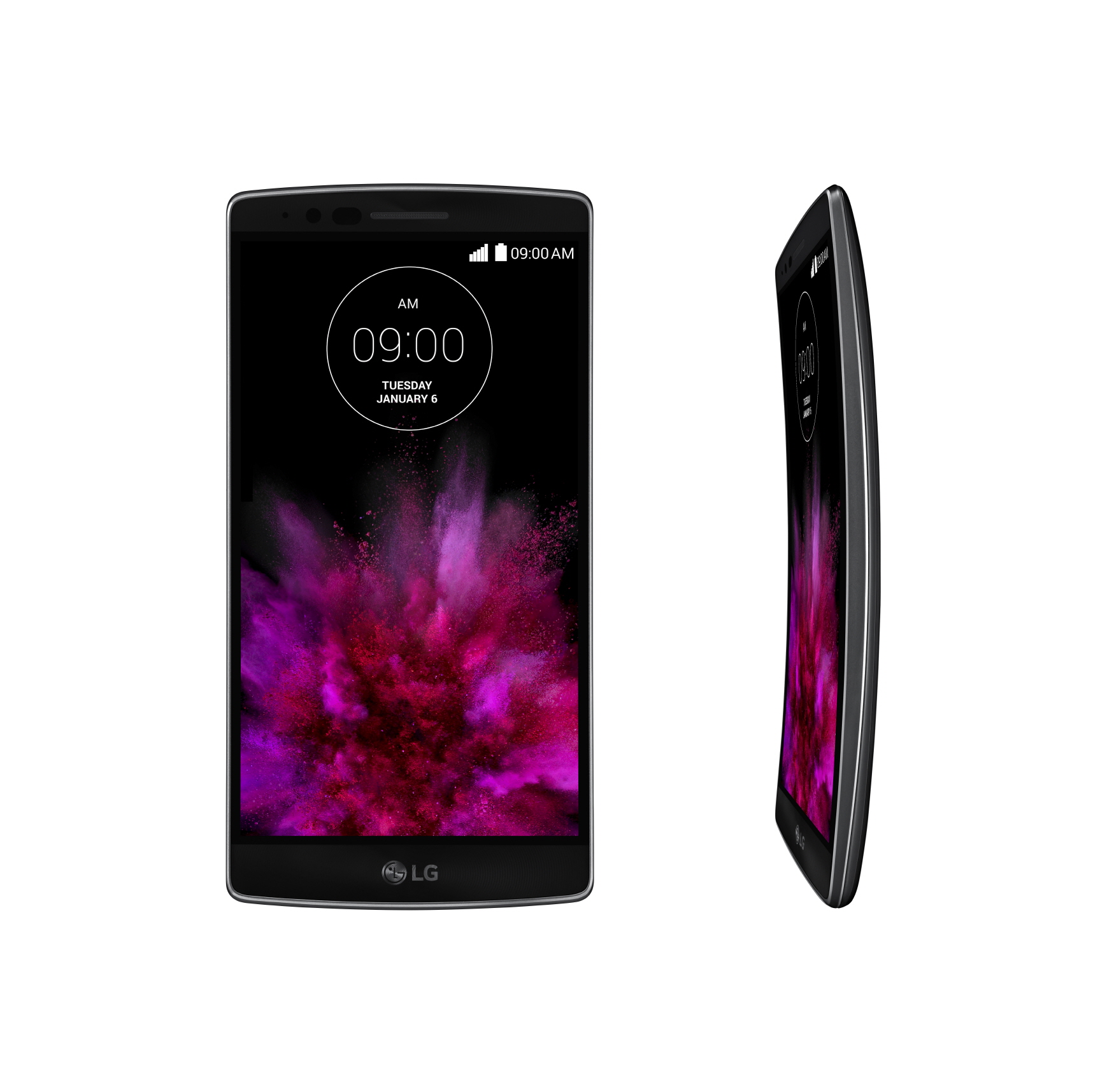I am highlighting the emergency-notification apps like “ICE In Case of Emergency” which are available for most smartphone platforms along with other techniques to make your smartphone work with you if you are caught up in a medical emergency or disaster.
What are these apps?
These apps provide access to information that is essential for others to know if an emergency occurs. Typically the apps work with a lock-screen that provides immediate access to this information along with the necessary space to store that information on our smartphones. As well, they keep the phone’s security functionality in place by providing “sandboxed” access to the emergency information but you can gain full access to your phone using the regular passcode that you have for it. This “sandboxed” access may only allow you to dial the contacts listed in the app’s contact list from that app when the phone is locked so you can still contact them in case of emergency.
They store information about whom to contact in case of emergency, illnesses or other conditions that others should be aware of, medical contacts along with information about the medicines that the person on the file is taking. They may even have the ability for you to directly dial the emergency contacts from their user interface. Some more sophisticated variants may work with a cloud service and your phone’s location identification features to transmit your location to loved ones in case of emergency.
Most of these apps are available from the mobile app stores for pennies’ worth or, in some cases, for free. On the other hand, you can add text to your phone’s lock-screen wallpaper with your emergency-contact information so this is available at all times even when your phone is locked. There are apps that can facilitate that by “mixing the text with the pictures”.
Who are they useful for?
One group of people they are essential for are those of us who have chronic illnesses which can result in an unpredictable emergency situation like a coma, seizure or asthma attack. This includes elderly people who are at risk of a stroke or something similar that is brought on by the ageing process.
Here, it means that when they are out and about, they are sure that the people they are with are able to contact someone like a close friend or relative or their doctor to find out what to do in relation to helping them through the situation. As well, they can convey the critical information to the paramedics or safety / security staff who are managing the situation.
I had one of these apps on my phone because of the fact that I have epilepsy and am at risk of the seizures associated with that illness. This came in handy recently when I had one of these seizures during a group get-together at the church I attend and two of the fellow congregants were able to know whom to contact and what to do by the easily-accessible information that the app was able to provide. This was even though they had called an ambulance to attend to this situation.
Another group of users that would benefit from these emergency-notification apps would be those of us who do activities like bushwalking, long-distance running and long-distance cycling. Similarly people who do a lot of travel can benefit from these apps. These kind of activities may require others to know whom to contact if something untoward happens to them.
In all these situations, a hard-copy card that you keep in your bag or wallet and carries the same essential information does work well as a backup in case your phone runs out of batteries or “freezes”.
What to look for with these apps
These apps should have the ability to retain all of the essential information like your name, the phone numbers for at least a few contacts including your primary-care and other-care doctors, along with identity numbers for national / universal health (NHS, Medicare, etc) or other coverage. As well they should be able to keep information about your blood type and other general medical particulars along with information that is essential to treating and managing your illnesses.
As well, they should be able to have the ability to provide off-device backup storage of this information, whether on removable media or a cloud-based storage service. This is to cater for situations where you may upgrade your phone or your phone plays up and destroys the data. To benefit international travellers, the software could keep information like your passport number and “home country” details along with travel insurance contact details.
Another feature that a good emergency-information app should have is the ability to be dynamically switched between different languages. This can be of importance in countries which maintain multiple tongues or have a multicultural society, or for travellers who are travelling in to countries or territories where their home tongue isn’t spoken.
Conclusion
Your smartphone can work as an emergency reference book for others to use if you are stricken through some situation. All it just requires is the use of an emergency-info app and / or using a customised lockscreen wallpaper with the critical information on it.




